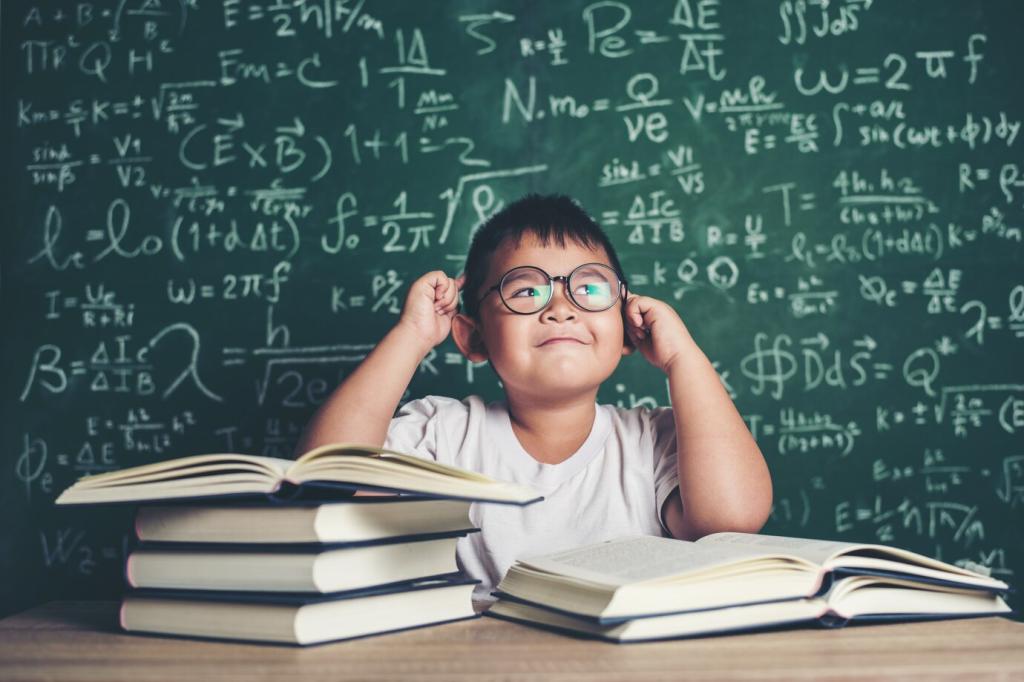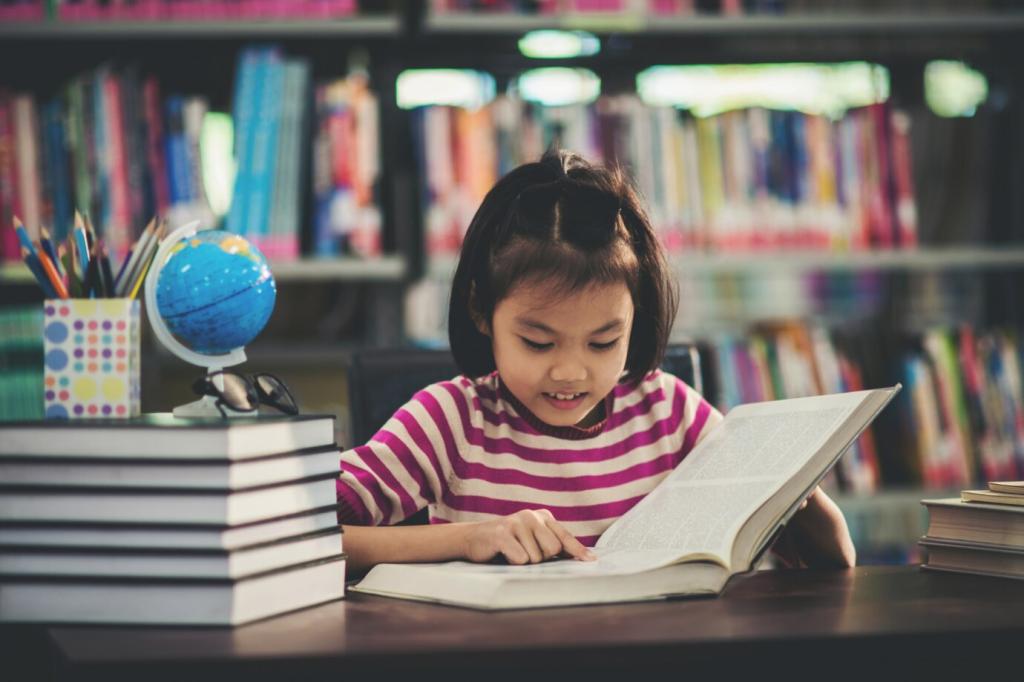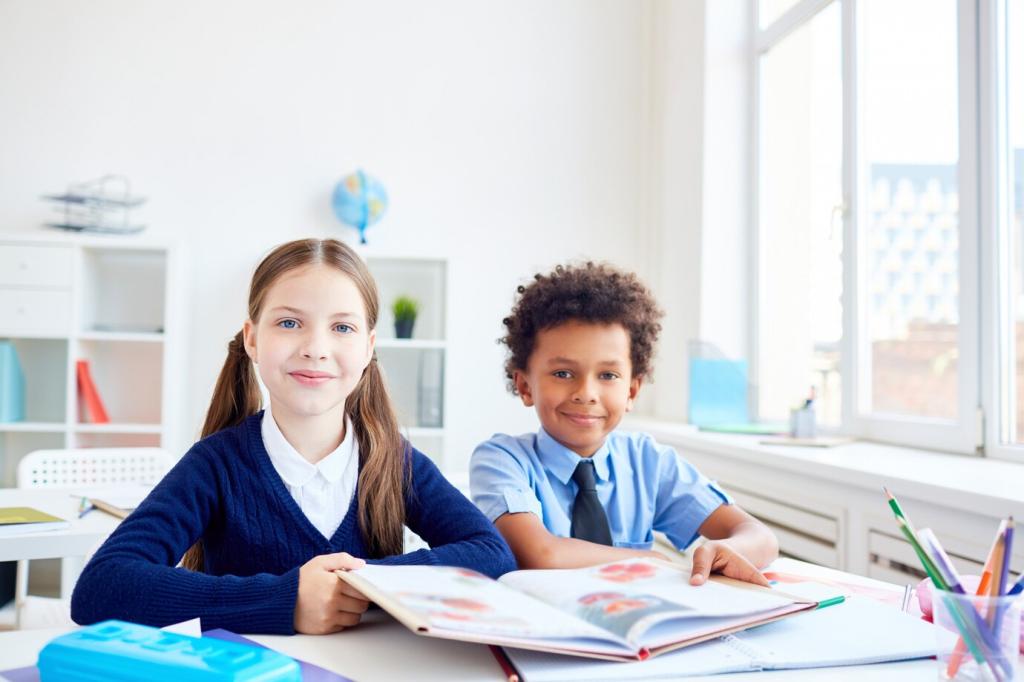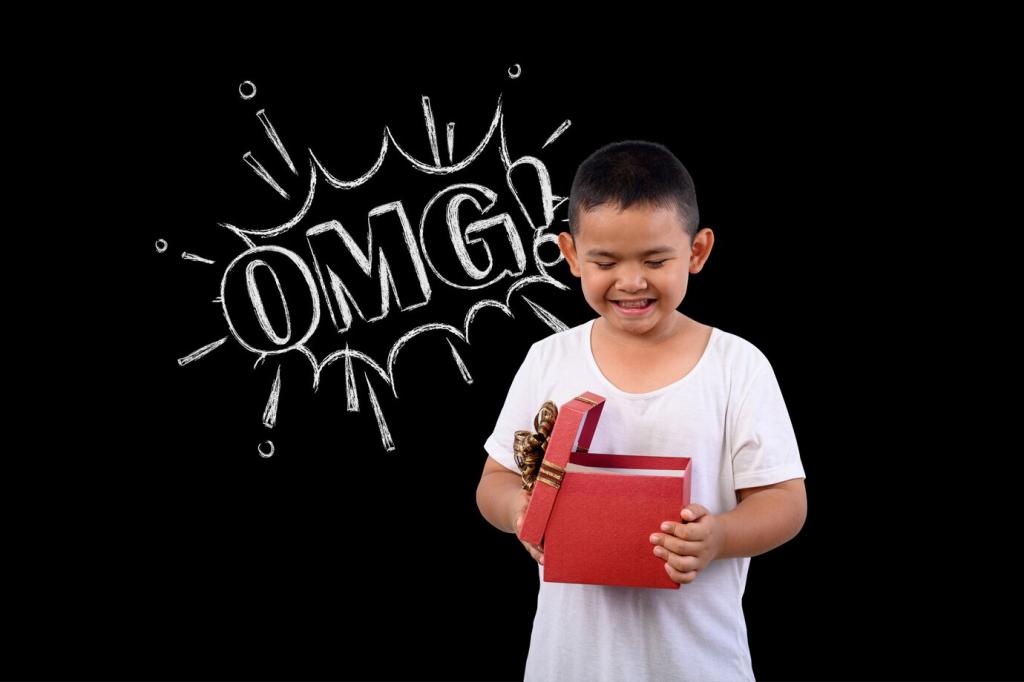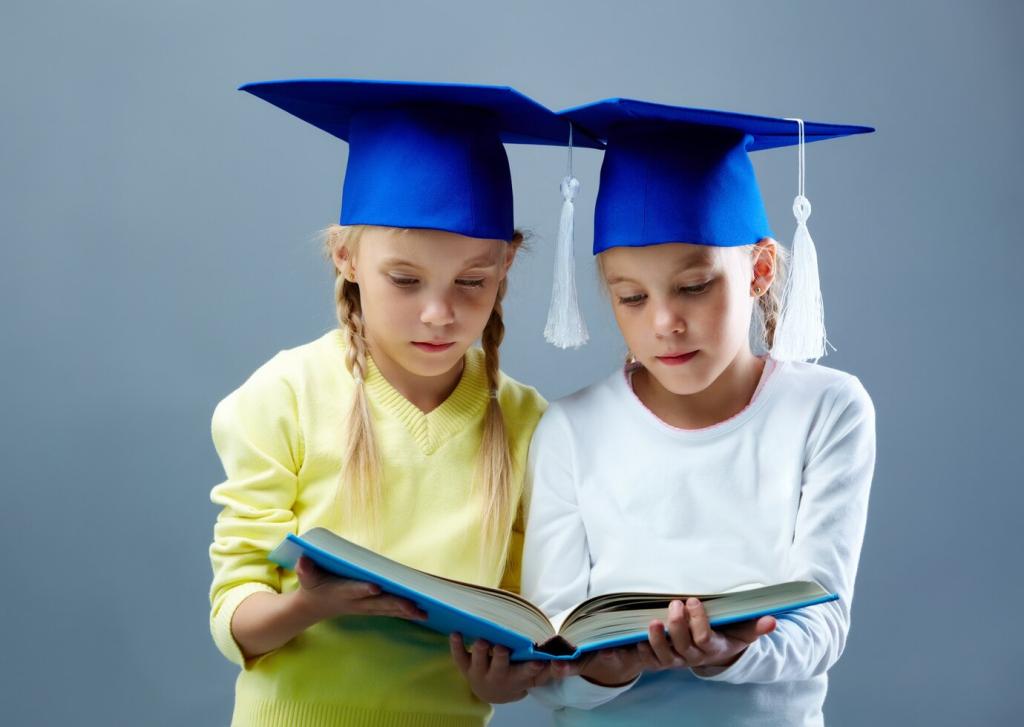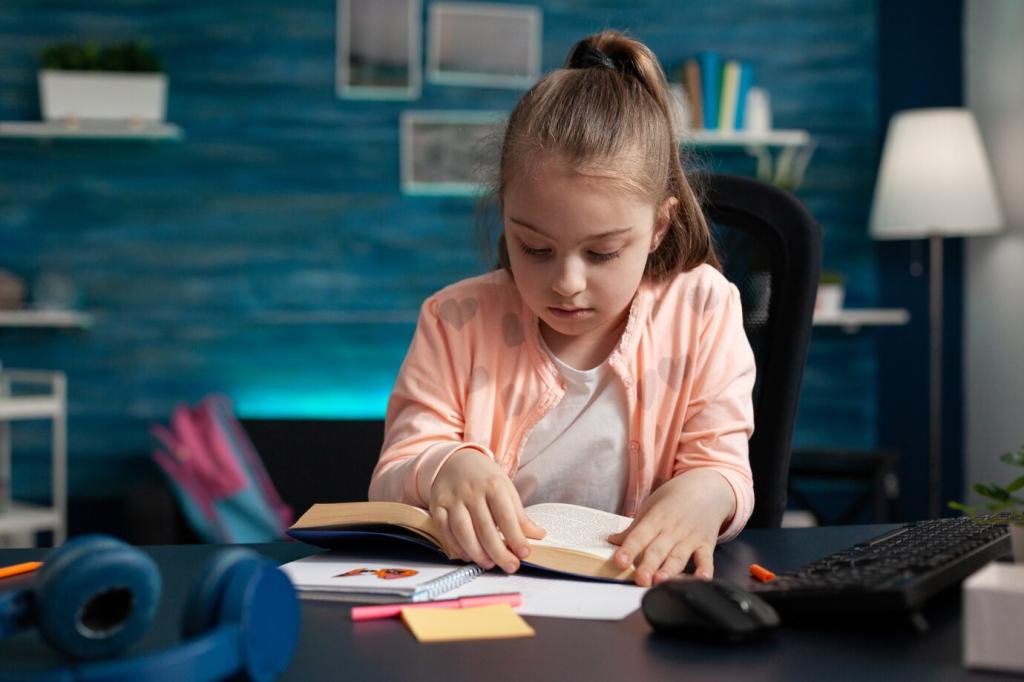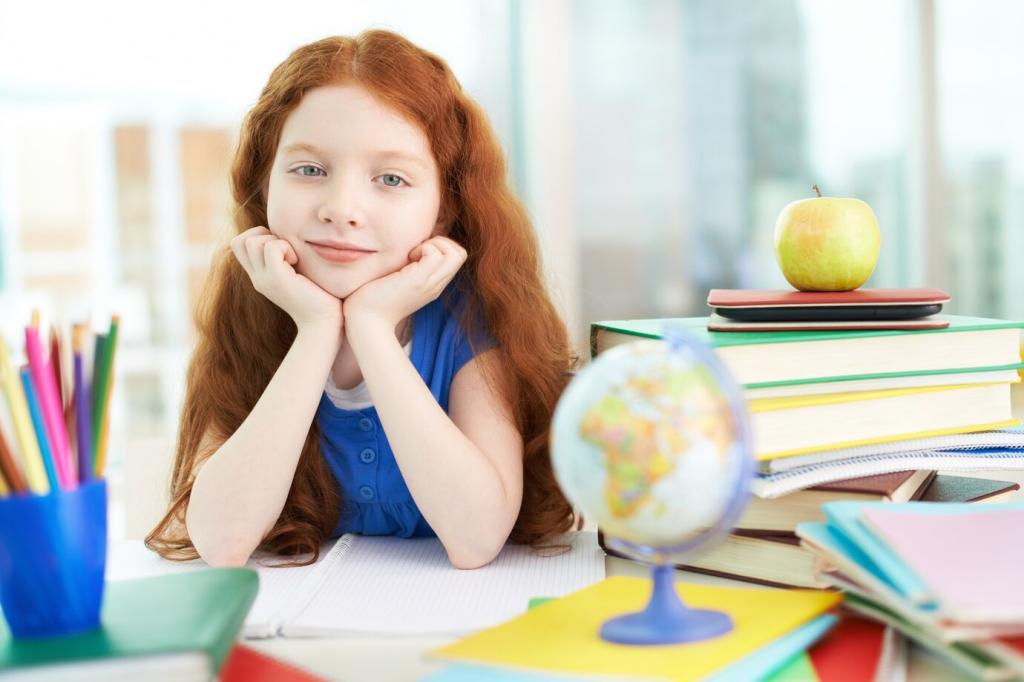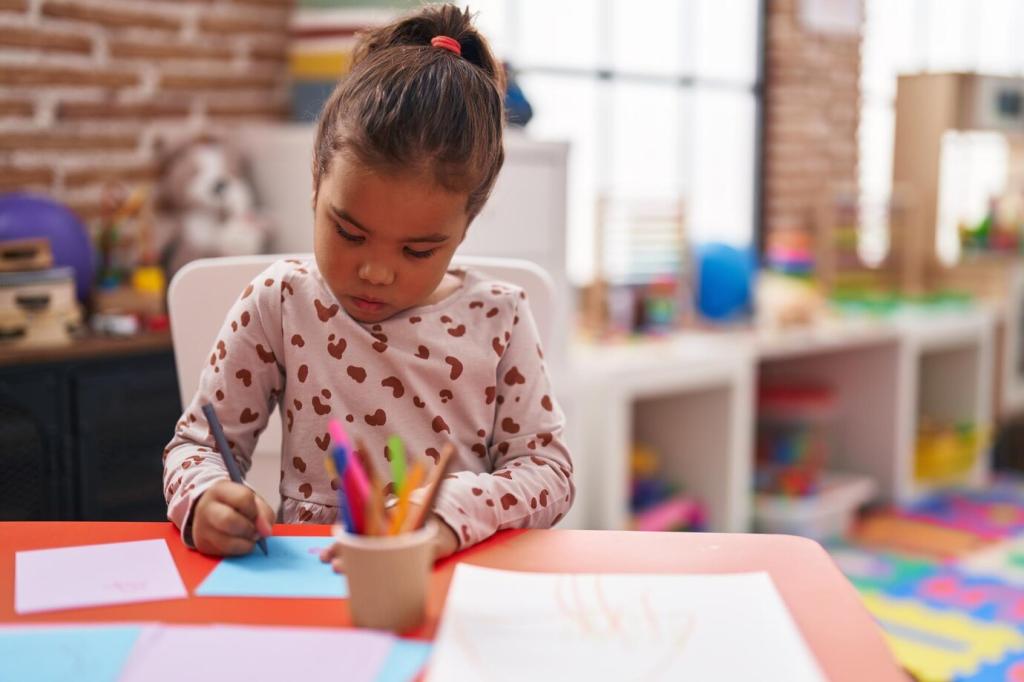Partnering with Families for Creative Growth
Tape a shape on the floor and fill it with found objects, build a tower taller than a teddy, or draw a map of bedtime routines. Share your favorite quick activity, and we will include it in our next printable guide.
Partnering with Families for Creative Growth
Caregivers and children build mini-museums with recycled materials, curating exhibits with labels children dictate. These evenings strengthen community and model how questioning, revising, and celebrating process matter as much as any finished product.

